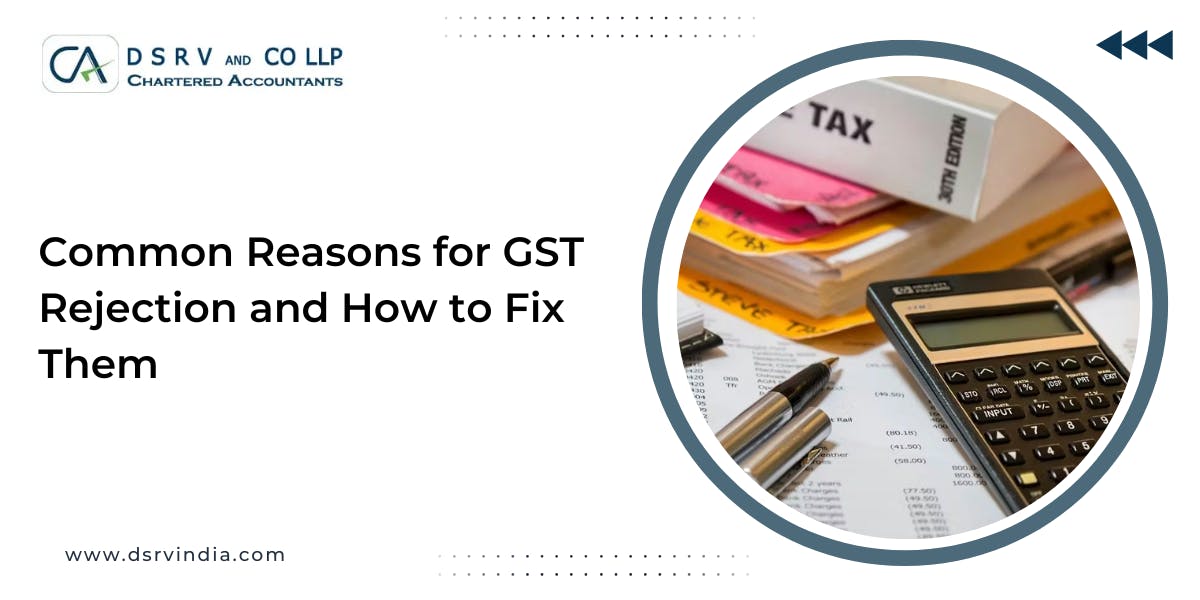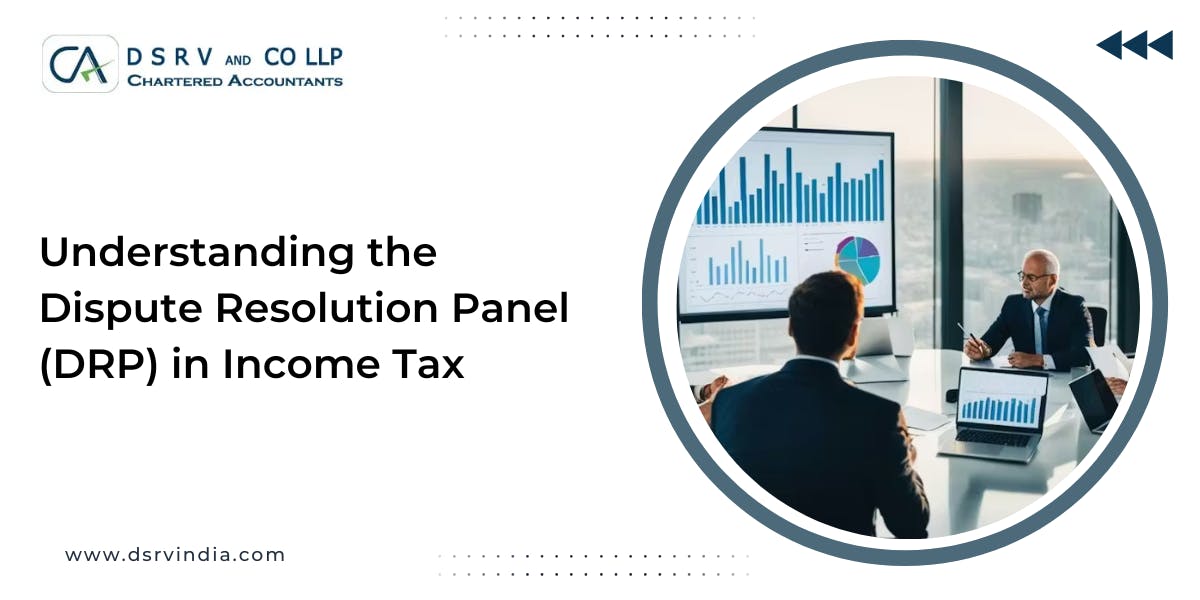Step 4: Build the Defense File Structure
Now, let’s structure the file in a neat, logical way. A typical Transfer Pricing Defense File can look like this:
Executive Summary
High level overview of group, transactions, methods, and arm’s length conclusions.
Group and Entity Profile
Business overview, org chart, functional role.
Transaction wise Details
Description, quantum, and rationale for each international and SDT transaction.
FAR Analysis
Detailed analysis for each set of transactions (e.g., services, distribution, IP, loans).
Economic/Benchmarking Analysis
Method selection, tested party, comparables, margin analysis.
Agreements and Legal Documents
Intercompany contracts, term sheets, board approvals.
Financial and Supporting Schedules
Cost base workings, allocation keys, segment accounts, reconciliations.
Internal Justifications and Evidence
Email trails, policy docs, internal memos explaining pricing decisions.
This is your TP “book” ready for scrutiny, audit, or litigation.










